The Hackberry Bonsai (Celtis spp.) is a fascinating species for bonsai enthusiasts — tough, adaptable, and capable of displaying a rugged, mature look even at a young age. Known for its attractive bark, delicate leaves, and strong growth, this bonsai variety has become a favorite among growers who appreciate a balance of resilience and artistry.
Inspired by the video “Hackberry Bonsai || Repotting and Root Pruning,” this comprehensive guide explores everything you need to know about caring for your Hackberry Bonsai — with a focus on repotting, root pruning, and overall maintenance to ensure your tree remains healthy and beautiful for years to come.
Understanding the Hackberry Bonsai
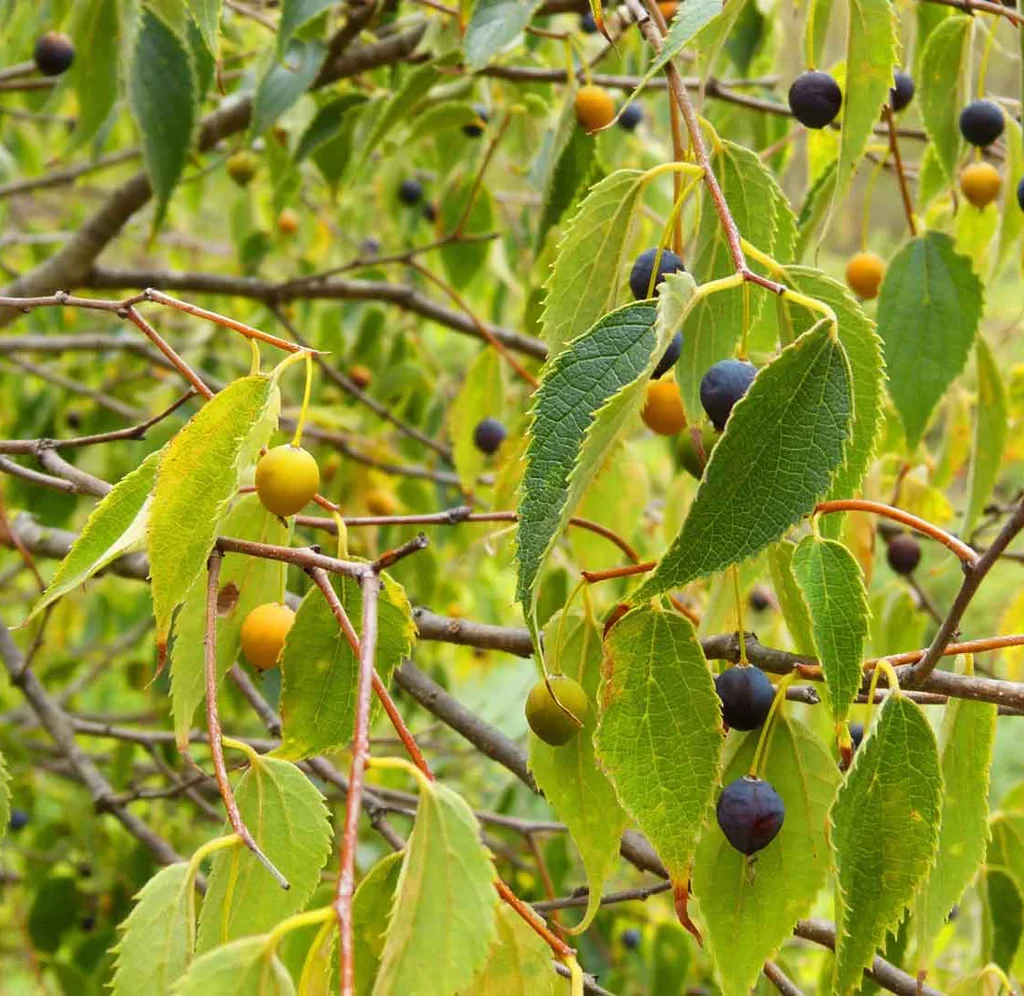
The Hackberry tree belongs to the Celtis genus, which includes several hardy species found across North America, Asia, and Europe. Commonly known as the Sugarberry or Nettle Tree, it’s prized for its rugged bark, fine branching, and small serrated leaves, which make it ideal for bonsai styling.
Hackberry trees are deciduous, meaning they shed their leaves in winter. In bonsai form, they exhibit beautiful seasonal transitions: lush green foliage in summer, yellow hues in fall, and striking bark and branch structure in winter.
One of its key advantages is adaptability — Hackberry Bonsai thrives in a range of climates and soil types, making it a forgiving choice for both beginners and experienced bonsai artists.
Why Repotting and Root Pruning Are Essential
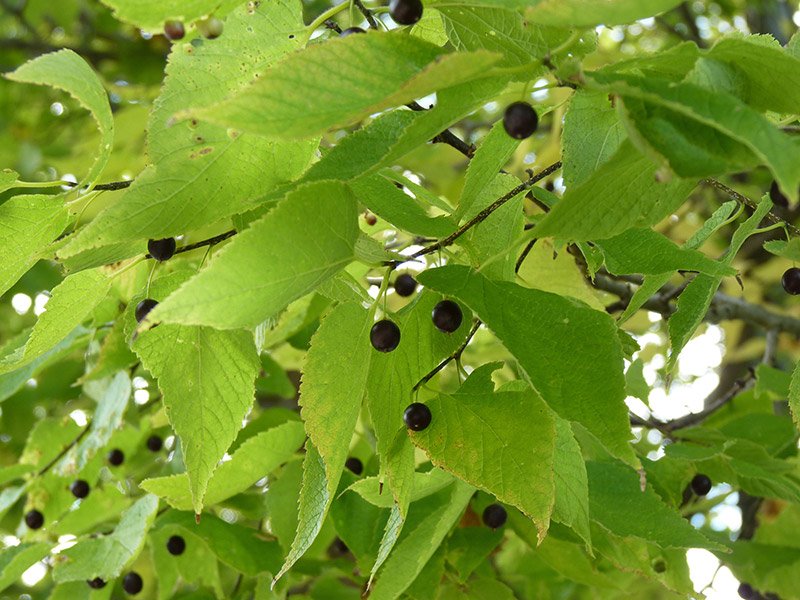
Like all bonsai, the Hackberry is grown in a confined space, which means its roots eventually fill the pot, limiting its access to water and nutrients. Over time, this can lead to root-bound conditions, where the roots coil tightly and hinder healthy growth.
Repotting and root pruning serve several purposes:
- Refreshing the soil for better aeration and drainage
- Preventing root-bound stress and promoting new feeder root growth
- Controlling the overall size and vigor of the tree
- Allowing you to inspect root health and remove any rot or dead roots
For the Hackberry, this process is best done every 2–3 years, typically in early spring, just before the buds begin to open.
Tools and Materials You’ll Need
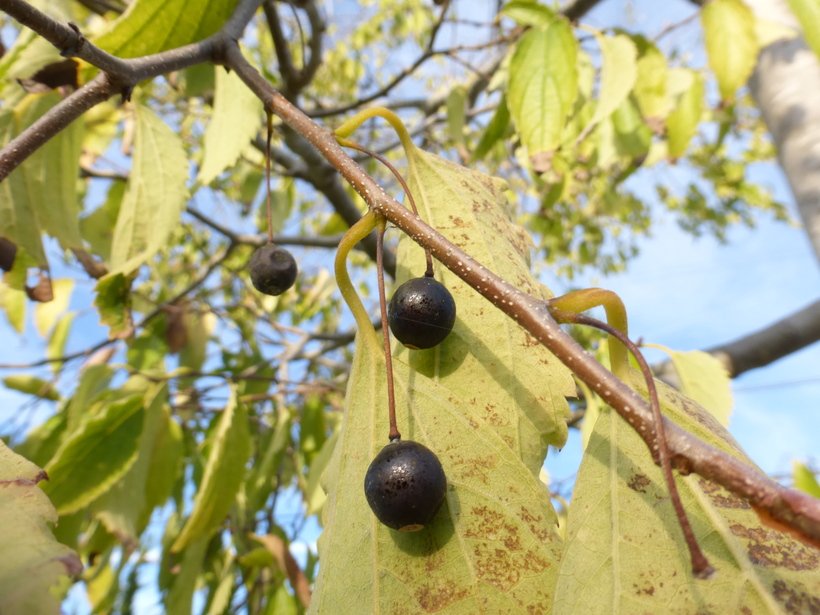
Before repotting your Hackberry Bonsai, gather the following essentials:
- A clean, sharp pair of root scissors or pruning shears
- A root rake or chopstick to untangle compacted roots
- A bonsai soil mix (well-draining, with components like pumice, akadama, and lava rock)
- A mesh screen for the pot’s drainage holes
- Bonsai wire to secure the tree
- Your chosen bonsai pot, cleaned and ready
Having everything prepared beforehand ensures a smooth and efficient repotting process.
Step-by-Step: Repotting Your Hackberry Bonsai
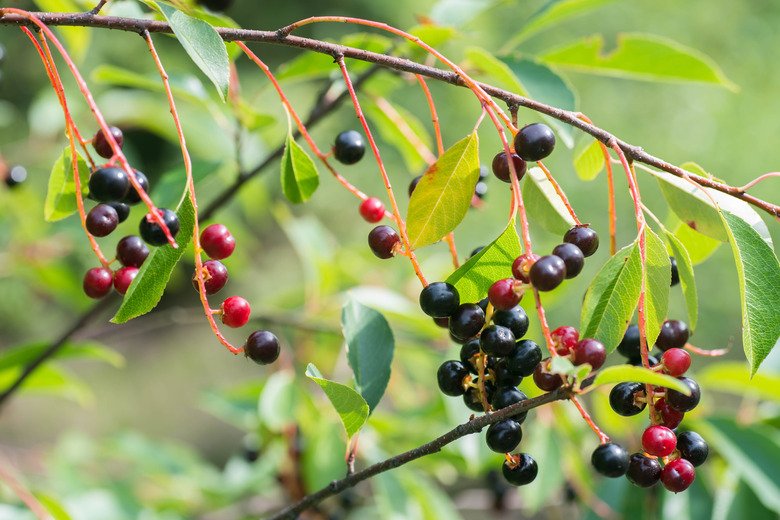
Repotting is one of the most important maintenance tasks in bonsai care. Let’s walk through the process as demonstrated in the video — a detailed approach that encourages healthy root development and balanced growth.
1. Remove the Tree from Its Pot
Start by gently loosening the Hackberry from its current pot. If the roots have attached firmly, use a root rake or chopstick to carefully separate the soil and release the tree. Take care not to damage the roots or trunk base.
Once out of the pot, examine the root ball — this gives you a chance to assess its overall health. Healthy roots should appear white or light tan, while dark, mushy roots indicate rot and should be removed.
2. Loosen and Clean the Root Ball
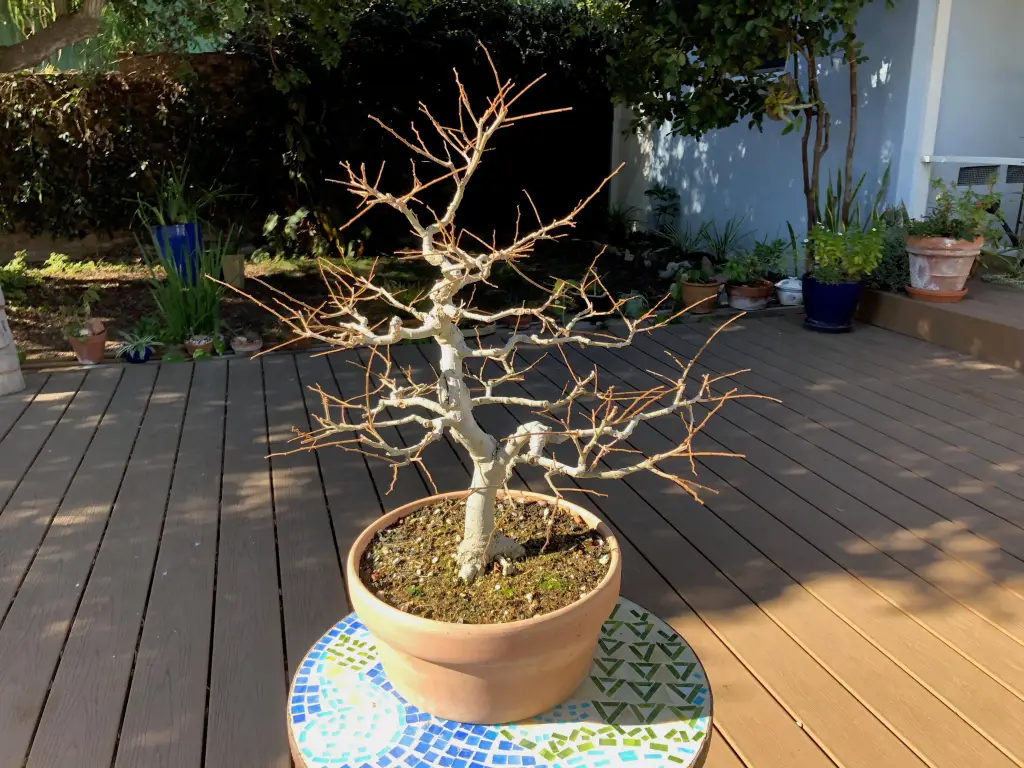
Using a root rake, gently tease apart the roots, removing compacted soil. This step helps air and water move freely through the root zone after repotting. Work patiently from the outer edges toward the center, avoiding rough handling that can snap fine roots.
Removing the old soil allows you to refresh it with a nutrient-rich mix and encourages new feeder roots to form closer to the trunk — the key to maintaining a compact, balanced bonsai structure.
3. Prune the Roots
Now comes the most critical step: root pruning.
Trim away roughly one-third of the root mass, focusing on removing long, circling roots. Keep only the fine, fibrous roots that efficiently absorb water and nutrients. Avoid cutting too aggressively; the goal is to create a flat, radial root spread that anchors the tree firmly and evenly.
Hackberry trees are generally hardy and respond well to moderate root pruning. However, if your tree has been neglected for many years, consider a gentler approach, trimming less to avoid shock.
4. Prepare the New Pot
Before placing your bonsai in its new pot, set a drainage screen over the holes to prevent soil loss. Then, if necessary, thread wires through the base holes — these will help secure the tree later.
Add a shallow layer of fresh bonsai soil at the bottom. Create a small mound in the center to help spread the roots evenly over it when positioning the tree.
5. Position the Tree and Add Soil
Place the Hackberry Bonsai on top of the mound, spreading the roots in a natural radial pattern. Adjust the angle and placement until you achieve the desired front view and balance — bonsai artistry lies as much in visual harmony as in horticulture.
Once you’re satisfied, add more soil around the roots, using a chopstick to gently work it in and eliminate air pockets. The soil should fill evenly around the roots without compacting too tightly.
6. Secure the Tree and Water Thoroughly
Use bonsai wire to tie the tree securely to the pot. This prevents movement during early root establishment.
Finally, water thoroughly until water runs out of the drainage holes. This settles the soil and ensures proper hydration after repotting.
Place the tree in partial shade for 2–3 weeks to help it recover, avoiding direct sunlight or fertilizer during this time.
Aftercare: Helping Your Hackberry Recover
Post-repotting care determines how well your bonsai adapts to its new environment. Follow these tips for optimal recovery:
- Avoid fertilizing for at least 4–6 weeks. The roots need time to heal before processing nutrients.
- Keep the tree slightly shaded, especially in the first few weeks.
- Maintain consistent moisture but avoid overwatering — soggy soil can lead to root rot.
- Once new growth appears, gradually move the bonsai back to its normal light conditions.
After about a month, you can resume your regular fertilization routine, using a balanced, slow-release bonsai fertilizer to encourage steady growth.
Styling and Maintenance Tips
The Hackberry Bonsai responds well to pruning and wiring, making it versatile for different bonsai styles — from informal upright (Moyogi) to broom (Hokidachi) forms. Here are a few styling tips to keep in mind:
- Pruning: Regularly trim new shoots during the growing season to maintain the desired shape and encourage ramification (branch splitting).
- Defoliation: Partial defoliation can help reduce leaf size and increase branch density in summer.
- Wiring: Apply gentle wiring in late spring or early summer when branches are flexible. Always monitor for wire marks and remove before they cut into the bark.
Over time, Hackberry develops a beautifully textured bark, lending the tree an aged and distinguished appearance — a hallmark of great bonsai artistry.
Choosing the Right Soil Mix
A good soil mix for Hackberry Bonsai ensures proper drainage and aeration. You can use a blend such as:
- 50% akadama (for moisture retention and nutrient balance)
- 25% lava rock (for structure and aeration)
- 25% pumice or coarse sand (for drainage and root strength)
This mix provides a perfect balance, keeping roots oxygenated while preventing waterlogging — essential for maintaining healthy root systems after pruning.
Why the Hackberry Makes a Great Bonsai
Several traits make the Hackberry an excellent bonsai species:
- Hardiness: Tolerant of a range of temperatures and growing conditions.
- Aesthetic appeal: Its fine branching and delicate leaves create a refined, elegant silhouette.
- Fast recovery: Responds well to pruning, wiring, and repotting.
- Seasonal beauty: Offers distinct visual changes across all four seasons.
Whether you’re a beginner learning root care techniques or an advanced bonsai artist perfecting form and proportion, the Hackberry provides endless potential for creativity.
Final Thoughts: Cultivating Patience and Precision
Repotting and root pruning your Hackberry Bonsai isn’t just a maintenance task — it’s a ritual of renewal. Each time you refresh the soil, trim the roots, and reshape the canopy, you’re guiding the tree’s energy into balance and harmony.
Patience, observation, and respect for the plant’s natural rhythm are the keys to success. Over time, your Hackberry will reward you with intricate branch structure, graceful foliage, and a resilient spirit that embodies the art of bonsai itself.
So, when you next lift that small tree from its pot and tend to its roots, remember: you’re not just gardening — you’re sculpting living art, one careful cut at a time.
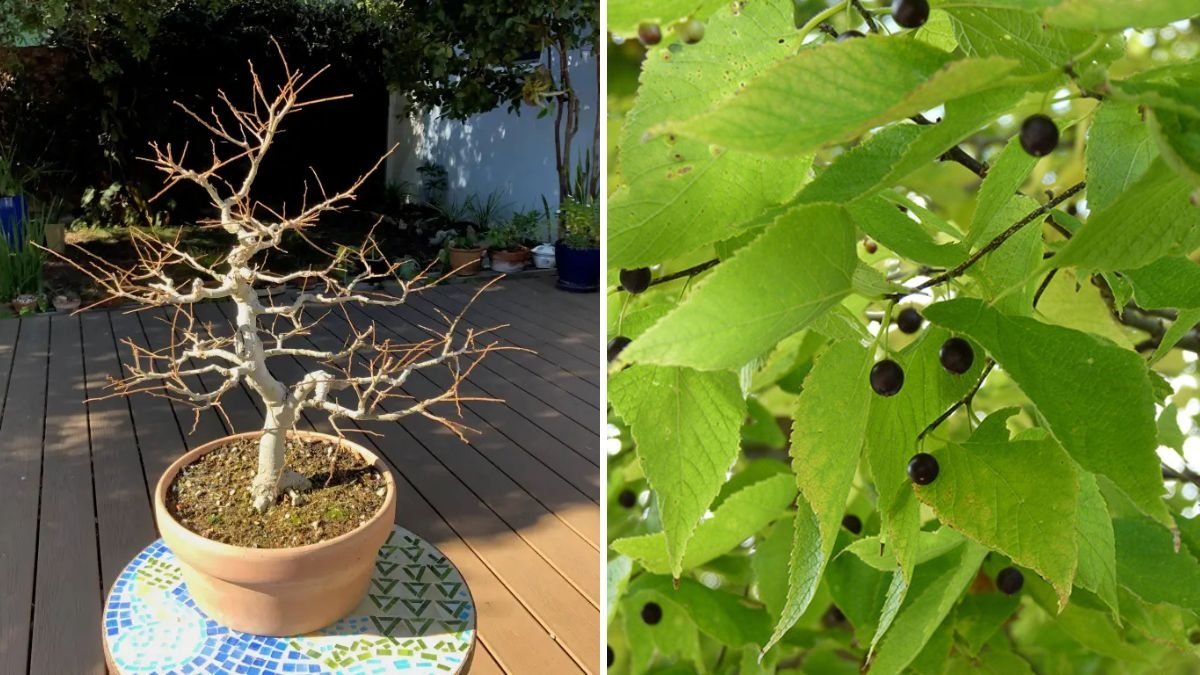
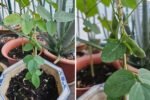
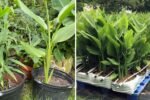
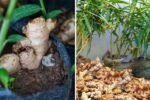

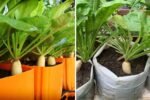
Leave A Comment